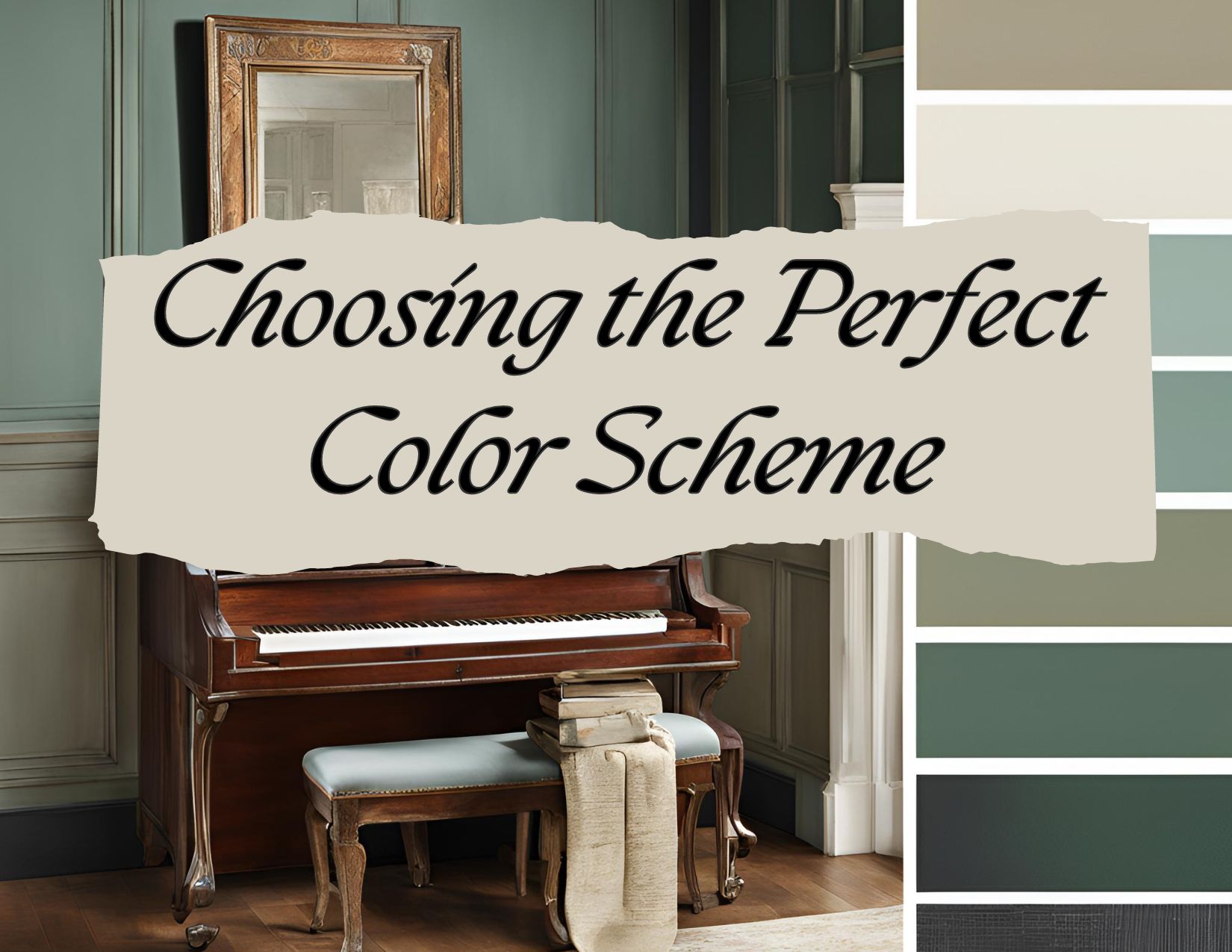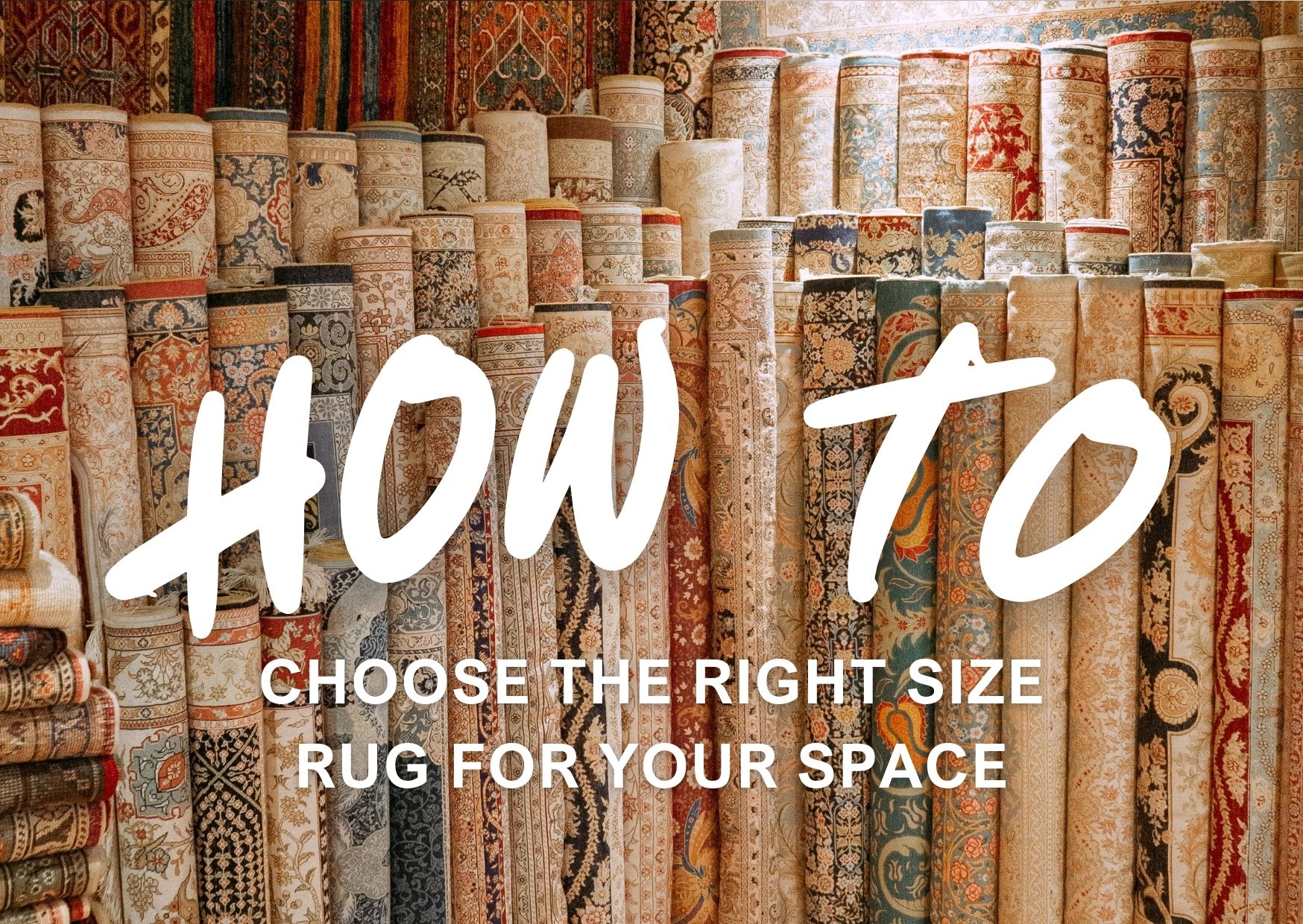Choosing the Perfect Color Scheme for Interior Decorating: A Comprehensive Guide
Selecting a color scheme for your interior space can transform a room from merely functional to a personal sanctuary. Whether you’re renovating your home, redecorating a single room, or starting from scratch, the right color palette is crucial for creating an atmosphere that reflects your style and meets your needs. Here’s a guide to help you navigate the exciting world of color schemes and make informed choices that will elevate your space.
1. Understand the Basics of Color Theory
Before diving into specific colors, it’s beneficial to grasp some fundamental color theory concepts. The color wheel is a tool that illustrates the relationship between colors. It features primary colors (red, blue, yellow), secondary colors (green, orange, purple), and tertiary colors (the mix of primary and secondary colors). Classic color harmonies include complementary (opposite colors on the wheel), analogous (adjacent colors), and triadic (three evenly spaced colors). Colors are generally categorized as warm (reds, oranges, yellows) or cool (blues, greens, purples). Warm colors tend to make a space feel cozy and energetic, while cool colors evoke calm and relaxation.
2. Consider the Function of the Space
Different rooms serve different purposes, and the color scheme should complement each function. Living rooms are often for relaxation and socializing. Consider warm neutrals or soft blues and greens to create a welcoming environment. Bedrooms are a restful retreat, choose calming colors like soft blues, greens, or neutral tones. Avoid overly stimulating colors which might interfere with sleep. Bright, vibrant colors like yellows or greens can make a kitchen feel lively and energizing. Alternatively, classic whites and grays can create a clean, timeless look. Soft, cool colors such as light blues or greens can make a bathroom feel fresh and clean.
3. Start with a Base Color
A base color provides a foundation for your color scheme. Often, this will be a neutral shade that complements other colors in the room. Neutral colors such as whites, grays, beiges, and taupes are versatile and can work with almost any accent color. They also help to create a sense of continuity throughout your home. If you prefer starting with a bold color, use it sparingly. A strong color can be a focal point or used on an accent wall, while the rest of the space can be toned down with neutrals.
4. Incorporate Color Psychology
Colors can significantly affect mood and perception. Use color psychology to enhance the emotional impact of a room. Blues are often associated with calm and serenity, ideal for bedrooms or bathrooms.Greens promote balance and harmony, great for living rooms or workspaces. Yellows and oranges are energizing and cheerful, perfect for kitchens or dining areas. Reds are stimulating and dynamic, and can be used sparingly as an accent in dining rooms or social spaces.
5. Use Color Samples
Before committing to a color, test samples in your space. Paint small sections of your walls and observe how the colors look at different times of day and under various lighting conditions. This helps to ensure that the colors you’ve chosen work well with your room’s natural and artificial light. To get a feel for the overall scheme and harmony of the room, it is especially helpful to view any flooring, hardware, or tile samples and upholstery swatches together with paint swatches. Match or contrast with your existing furniture to ensure a cohesive look. Your flooring color will impact the overall color scheme. Neutral floors can accommodate a range of wall colors, while bold or patterned floors might necessitate more subdued wall colors. Use art and decor to tie in with your chosen color scheme. They can serve as inspiration for your palette or showcase accent colors.
7. Balance and Contrast
Achieving a balanced color scheme involves considering the proportions of each color used. The 60-30-10 rule suggests using 60% of a dominant color, 30% of a secondary color, and 10% of an accent color. This creates a balanced and harmonious look. When crafting a color scheme, effectively using saturation and contrast can elevate the visual appeal of your space. Saturation refers to the intensity or purity of a color—highly saturated colors are vivid and vibrant, while low saturation colors are more muted and subdued. Incorporating a mix of saturated and desaturated colors can create depth and interest in a room. For example, pairing a deep, saturated blue with soft, muted grays can make the blue pop while maintaining a balanced and harmonious look. Contrast involves placing colors with differing levels of brightness or hue next to each other to create visual interest and highlight certain elements. High contrast, such as black and white, can be bold and striking, while lower contrast, like shades of blue and green, can provide a more serene and cohesive feel.
8. Personal Preferences
Ultimately, your color scheme should reflect your personal style and preferences. Don’t be afraid to experiment and trust your instincts. Your home should be a place where you feel comfortable and happy. Choosing the right color scheme for your interior decorating project can be a delightful and rewarding process. By understanding color theory, considering the function of each room, and incorporating your personal preferences, you can create a space that is both aesthetically pleasing and functional. Remember to experiment with samples and take your time to ensure that the colors you choose enhance the atmosphere and reflect your unique style. Happy decorating!








